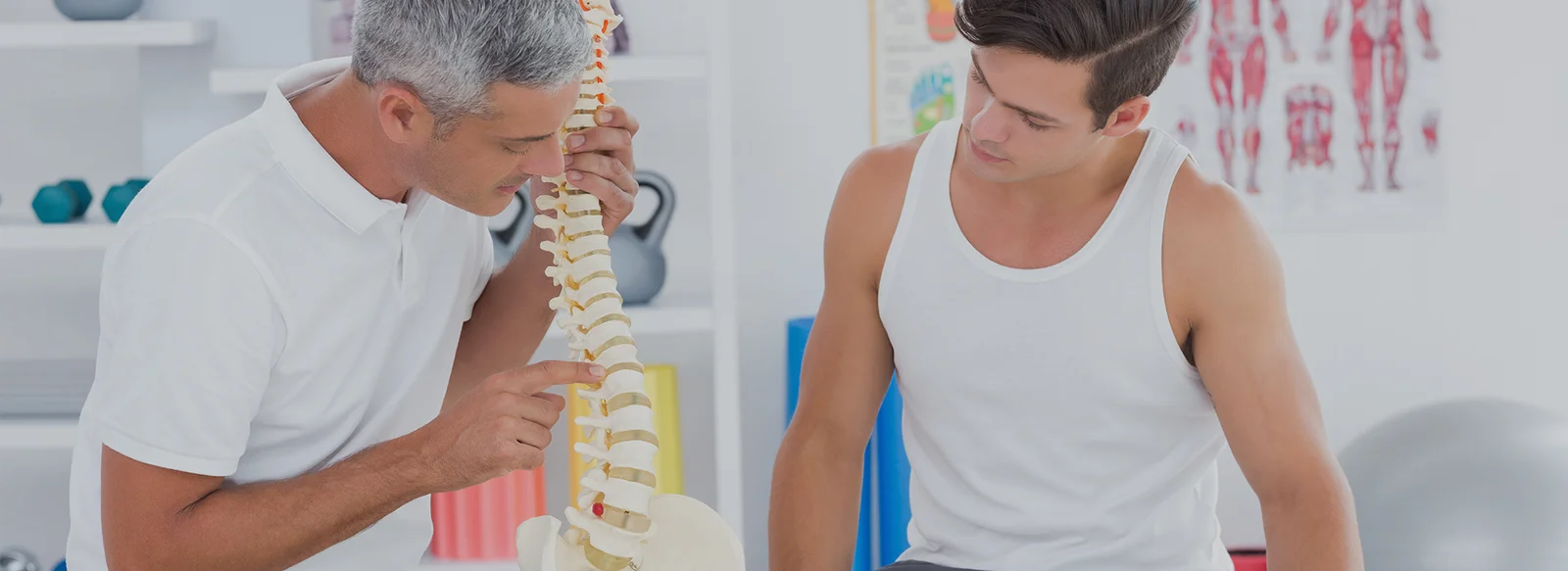What is Joint Pain?
Joint pain refers to discomfort, aches, or soreness in one or more joints of the body. Joints are the areas where two or more bones meet, allowing for movement. Common locations for joint pain include:
- Knees: Pain can result from arthritis or injuries.
- Hips: Discomfort might stem from osteoarthritis or bursitis.
- Shoulders: Pain could be due to rotator cuff injuries or impingement syndrome.
- Elbows: Conditions such as tennis elbow or golfer’s elbow often cause pain.
- Wrists: Commonly affected by conditions like carpal tunnel syndrome or arthritis.
- Hands and Fingers: Pain here might be due to osteoarthritis or rheumatoid arthritis.
Joint pain can be localized to a single joint or widespread, affecting multiple joints throughout the body.
Common Causes of Joint Pain
Joint pain can arise from a variety of sources, including:
- Osteoarthritis: The most common form of arthritis, leading to the breakdown of cartilage in joints. Typically affects knees, hips, and hands.
- Rheumatoid Arthritis: An autoimmune condition causing inflammation and damage to joints, often starting in the hands and feet.
- Injuries: Sprains, strains, and fractures can cause joint pain. Commonly seen in knees, shoulders, and elbows.
- Bursitis: Inflammation of the bursae (fluid-filled sacs that cushion joints), often affecting shoulders, elbows, and hips.
- Gout: A type of arthritis caused by uric acid buildup, frequently affecting the big toe but can involve other joints.
- Infections: Septic arthritis can affect any joint, causing severe pain and swelling.
Symptoms of Joint Pain
The symptoms associated with joint pain can vary depending on the underlying cause but typically include:
- Pain: This can range from a dull ache to sharp or stabbing sensations.
- Swelling: The affected joint may appear swollen or puffy.
- Stiffness: Difficulty moving the joint, especially after periods of inactivity.
- Redness and Warmth: The skin around the joint may be red and warm to the touch, especially if an infection or inflammatory condition is present.
- Decreased Range of Motion: Trouble moving the joint through its full range of motion.
- Tenderness: The joint may be tender to touch, often associated with inflammation.


Treatment Options for Joint Pain
Effective treatment for joint pain depends on the cause and severity. Common approaches include:
- Medications: Over-the-counter pain relievers like ibuprofen or acetaminophen, or prescription medications for more severe pain.
- Physical Therapy: Exercises and techniques to strengthen the muscles around the joint, improve flexibility, and reduce pain.
- Lifestyle Modifications: Weight management, exercise, and ergonomic adjustments can alleviate stress on affected joints.
- Heat and Cold Therapy: Applying heat or cold packs can reduce pain and inflammation.
- Injections: Corticosteroid or hyaluronic acid injections can provide temporary relief and improve joint function.
Innovative Treatment Options
We are excited to offer advanced treatments such as Regenerative Medicine, which includes:
- Platelet-Rich Plasma (PRP) Therapy: PRP involves injecting a concentration of platelets from your own blood into the affected joint. This technique harnesses the body’s natural healing processes to reduce pain and promote healing. Our patients have experienced remarkable success with PRP therapy, finding significant relief and improvement in joint function.
By combining traditional methods with cutting-edge techniques, we strive to offer comprehensive care tailored to your specific needs. Our goal is to alleviate your pain and improve your quality of life with both proven and innovative solutions.

